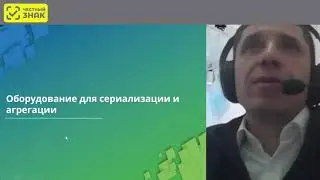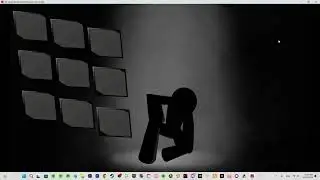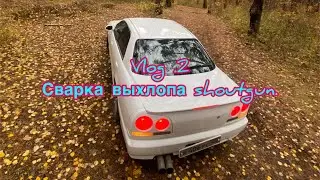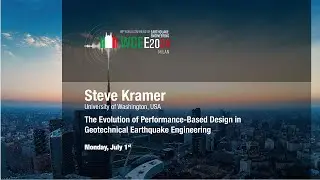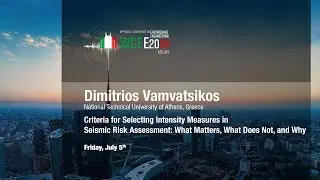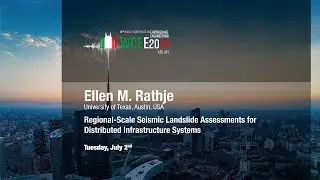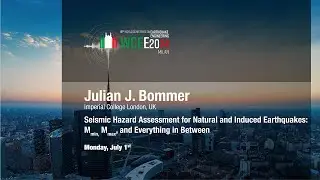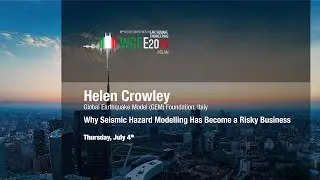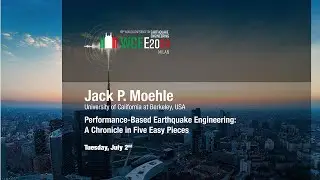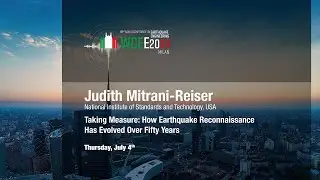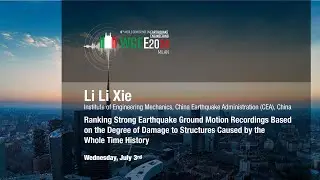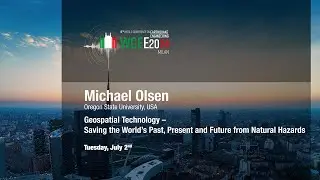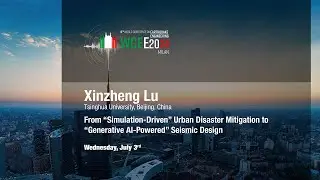Helen Crowley: Why Seismic Hazard Modelling Has Become a Risky Business
EERI/SSA ANNUAL LECTURES
Helen Crowley: Why Seismic Hazard Modelling Has Become a Risky Business
Thursday, July 4th, MiCo Auditorium
Abstract:
The Joyner Lecture honours William B. Joyner's distinguished career at the U.S. Geological Survey and his abiding commitment to continuing communication and education at the interface between the research findings of earthquake science and the practical realities of earthquake engineering. One such interface that has been the source of much debate in recent years is using probabilistic seismic hazard assessment (PSHA) models as the basis for seismic design and assessment. Since Cornell's publication of the landmark paper in 1968, PSHA has become the standard approach for defining seismic actions in design codes. Before then, following the Messina (Italy) earthquake in 1908, seismic zonation maps based on observed macroseismic intensity from past earthquakes were used to define where and to what level buildings should be designed to withstand the lateral forces from earthquakes. These zonation maps were often, and somewhat inevitably, updated after damaging earthquakes. Despite the clear improvements that the use of a PSHA-based approach brought, criticism was frequently placed on the outputs of these models, such as when the ground motions from earthquakes were seen to exceed those underlying the design code, suggesting a widespread misunderstanding of the meaning of the latter. Since the 2000s, there has been a move towards explicitly discussing the levels of risk that are being accepted by the code, together with the consequences expected under the design levels. In the United States, this has led to adopting the so-called risk-targeted approach for defining seismic actions, which aims to harmonise the probability of building collapse across the region of interest. Design regulations in other parts of the world have not yet widely adopted this methodology. However, in Italy, a significant effort has been made to evaluate the underlying spatial variation of risk to buildings designed to the latest standards. Whilst a more explicit recognition of the level of risk associated with seismic design codes has been an important step forward in Italy, the latest update to the PSHA model, developed in 2019 by the Italian Geological Survey (INGV), has continued to receive criticism and has even been rejected as the basis for an update of seismic actions in the design code. In this lecture, the argument will be made that the onus should now be on all of us in the seismic engineering field to collectively demonstrate the impact of these changes in terms of the levels of risk to the building stock and how resilience has been, and can continue to be, built into the code to accommodate such changes resulting from advances in earthquake science.
Bio:
Helen Crowley is the Secretary-General of the Global Earthquake Model (GEM) Foundation. She holds an M.Eng. in Civil Engineering from Imperial College London and an M.Sc. and Ph.D. degree in Earthquake Engineering from the University of Pavia (ROSE School). She has collaborated closely with both the engineering seismology and earthquake engineering communities in Europe as a member of the European Plate Observing System (EPOS) Seismology Consortium and the coordinator of the development of the first open European Seismic Risk Model (ESRM20), and won the 2009 European Geosciences Union Plinius Medal for her contributions to the field. Her research has touched on many topics related to seismic risk mitigation, from defining seismic actions for earthquake loss models and seismic design codes to developing regional exposure and vulnerability models for the built environment. She has nearly 200 publications, including more than 70 papers in international peer-reviewed journals, covering many aspects of earthquake engineering with a common thread of earthquake risk estimation. Helen Crowley is currently Editor of Earthquake Spectra and previously served as an Associate Editor. She is also the recipient of the 2012 Shah Family Innovation Prize.
-------
Julian J. Bommer intro 00:06
Helen Crowley 04:20
-------
https://www.wcee2024.it
